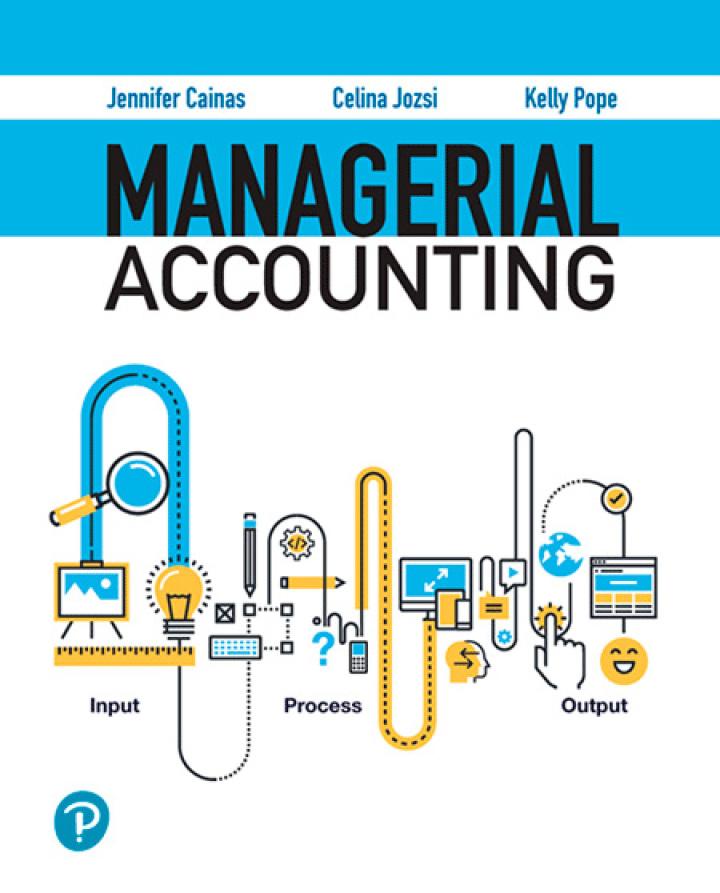Following are important terms described in Chapter 8: a. Post-audit b. Incremental analysis c. Total quality management
Question:
Following are important terms described in Chapter 8:
a. Post-audit
b. Incremental analysis
c. Total quality management
d. Inspection point
e. Avoidable cost
f. Split-off point
g. Relevant costs
h. Price-taker
i. Opportunity cost
j. Idle capacity
k. Target costing
l. Sunk costs
m. Complementary good
n. Contribution margin income statement
o. Defective products
p. Special order
q. Joint costs
r. Relevant information
s. Constraint
t. Decision making
u. Joint products
v. Unavoidable costs
w. Supply chain management
Match these terms to their definitions.
1. The point in the production process at which the joint products are considered to be separate, differentiated products.
2. Criteria for facts to be used in short-term decision making; they must relate to the future and be different for each alternative being considered.
3. The time spent when no production is occurring.
4. Anything that limits our actions or behavior.
5. Information about revenues and costs that will differ among the different alternatives being considered.
6. Profit foregone or lost from a firm’s selection of one alternative over another.
7. The multiple products derived from a single product, which occurs at the split-off point.
8. The process that one must go through to evaluate different alternatives and ultimately choose a course of action.
9. Any cost that can be eliminated by choosing a different alternative.
10. The costs incurred during a production process up until the split-off point.
11. Costs that do not change regardless of the alternative and should not be considered when making a decision because the decision will not impact the cost.
12. An initiative that seeks to improve operations throughout the value chain of the organization.
13. Those products that do not meet production standards.
14. Costs that have already been incurred and cannot be recovered.
15. The point at which the units are determined to be defective.
16. Analysis that compares the actual costs a company incurred with the costs the company had originally estimated.
17. A company that haslittle control over the prices it can charge in the marketplace.
18. An approach that management can use to manage costs and still meet the necessary profit margins. Selling price less desired margin equals maximum costs that can be spent.
19. An order placed by a customer that is not part of a company’s current business, often at a reduced sales price.
20. Analysis in which management considers only the changes in revenues, costs, and volume that would occur as a result of a special order.
21. A product that is normally consumed with another good.
22. An income statement that organizes costs by cost behavior (variable costs and fixed costs) instead of by function (manufacturing costs included in cost of goods sold, and selling, general, and administrative costs).
23. The process of designing, implementing, controlling, and monitoring all activities along the supply chain.
Step by Step Answer:

Managerial Accounting
ISBN: 9780137689453
1st Edition
Authors: Jennifer Cainas, Celina J. Jozsi, Kelly Richmond Pope





